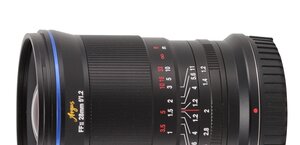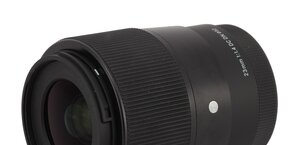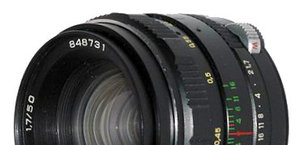50 years of Nikon F-mount – Nikkor-S 5 cm f/2 vs. Nikkor AF 50 mm f/1.8D
9. Ghosting, flares and transmission
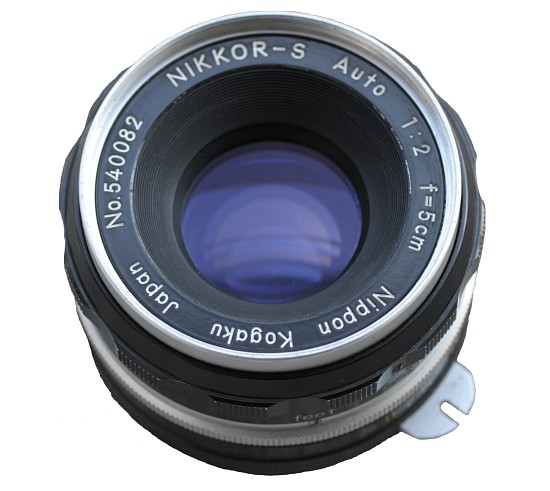 |
The five groups of the Nikkor’s elements give us 10 glass-to-air surfaces which should be coated. Using magnesium fluoride makes the loss of the light reflection decrease from 5% to typically 1.4% on one surface. It would mean that the maximum transmission of this lens should amount to about 87%. How it is looks in reality? Have a glance at the picture below, where the correlation between the transmission and the wavelength for both lenses, compared here, is presented.
Please Support UsIf you enjoy our reviews and articles, and you want us to continue our work please, support our website by donating through PayPal. The funds are going to be used for paying our editorial team, renting servers, and equipping our testing studio; only that way we will be able to continue providing you interesting content for free. |
- - - - - - - - - - - - - - - - - - - - - - - - - - - - - - - - - - - - - - - - - - - - - - - -
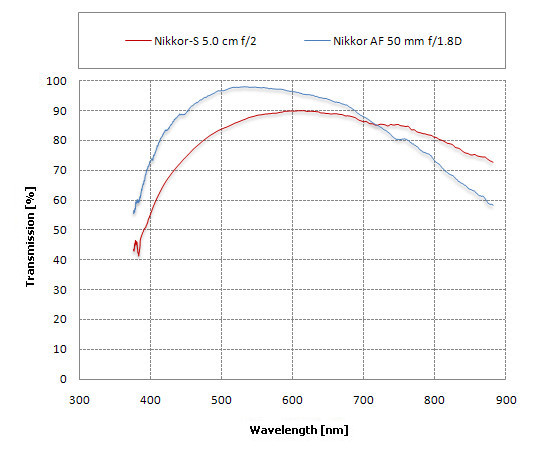 |
This is a nice surprise that the maximum transmission value for the Nikkor –S reaches 90%. It’s a bit more than the expected 87%, after all. However, you must take two things into consideration. Firstly, the zero point error for our transmission curves is typically about 1%, sometimes reaching even 2%. Secondly, the typical 1.4% value of one surface reflection doesn’t necessary have to apply to the Nikon coatings. It’s enough that it reaches 1.2% and the whole system transmission increases to 89%.
It is clearly seen, though, how significant progress has been made when it comes to the cheapest instruments coating. The cheap AF 1.8/50D with exactly the same number of air-to-glass surfaces to cover as the old Nikkor-S, has much higher transmission. In the middle of the visual spectrum it reaches even 98% and in some parts of the spectrum (e.g. near the green light) the new lens is better than its old equivalent by more than a dozen percent. The old model fares better when it comes to the infrared photography, though.
Now let’s go from charts to practice. Something must happen to this reflected light and the losses in transmission. The most often it causes light artifacts while working against the bright light. The old Nikkor-S has a lot of problem with it , which can be seen in the pictures below. They present not only flares and artifacts but a big loss of overall image resolution as well.
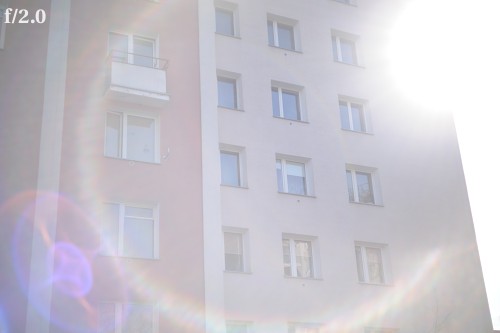 |
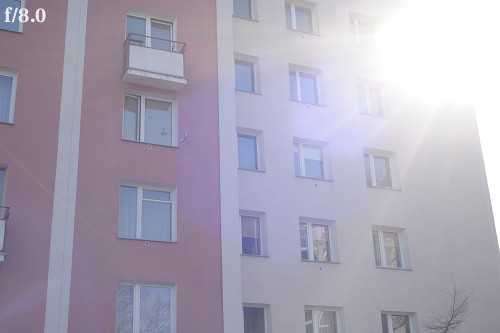 |
The newer Nikkor AF 1.8/50 is not an ideal here either but it fares much better. Especially when stopped down, its performance is difficult to fault. It can be seen in the sample shots presented below.
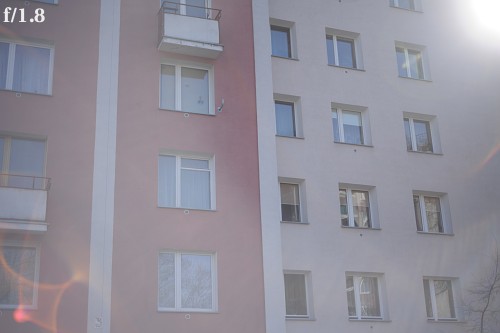 |
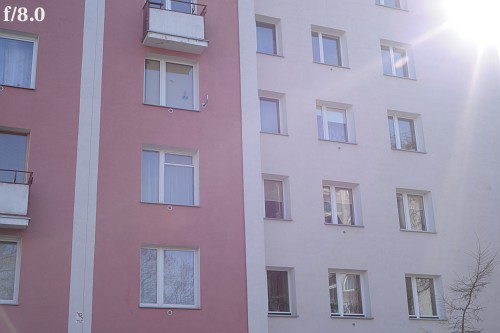 |




